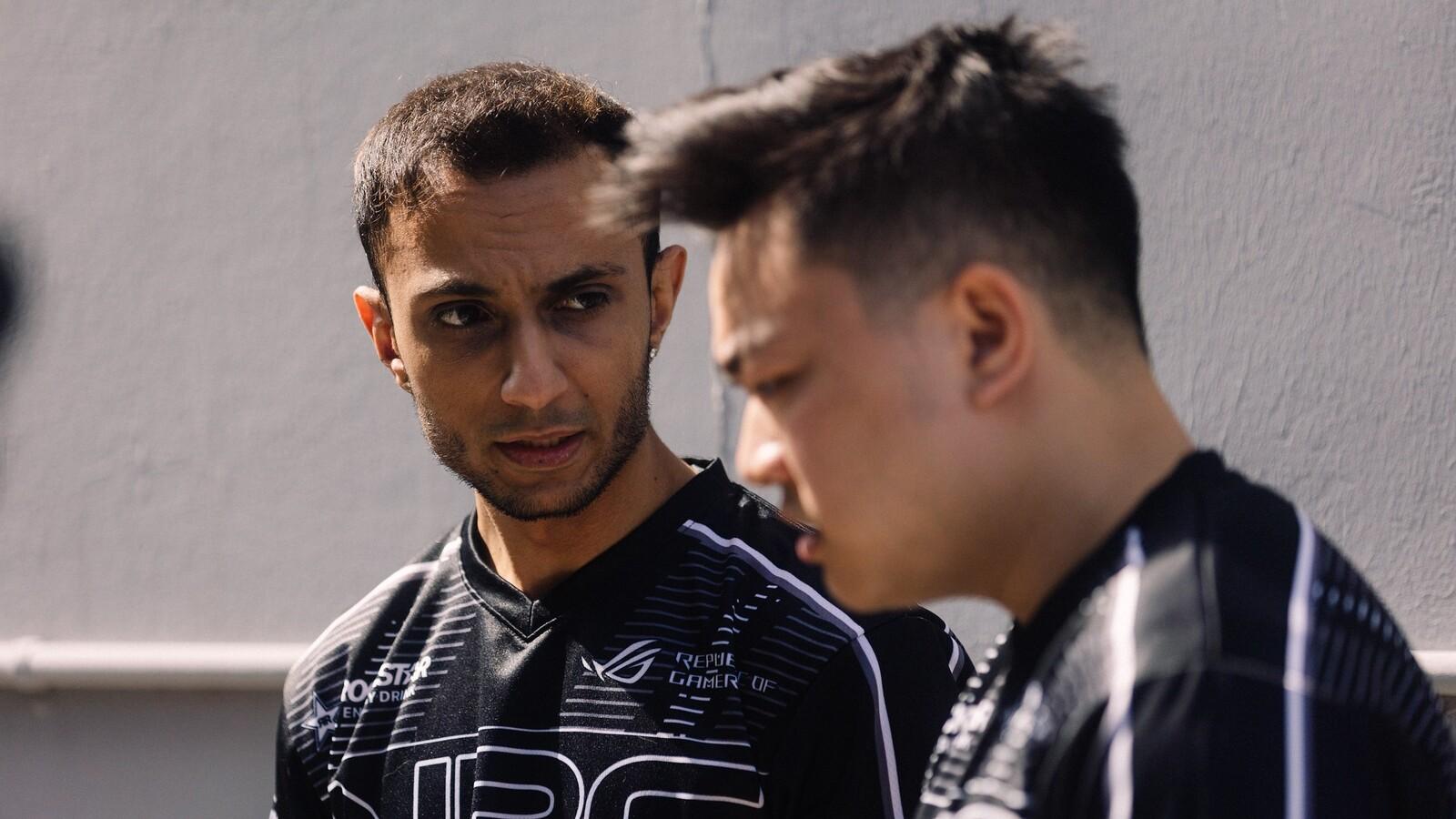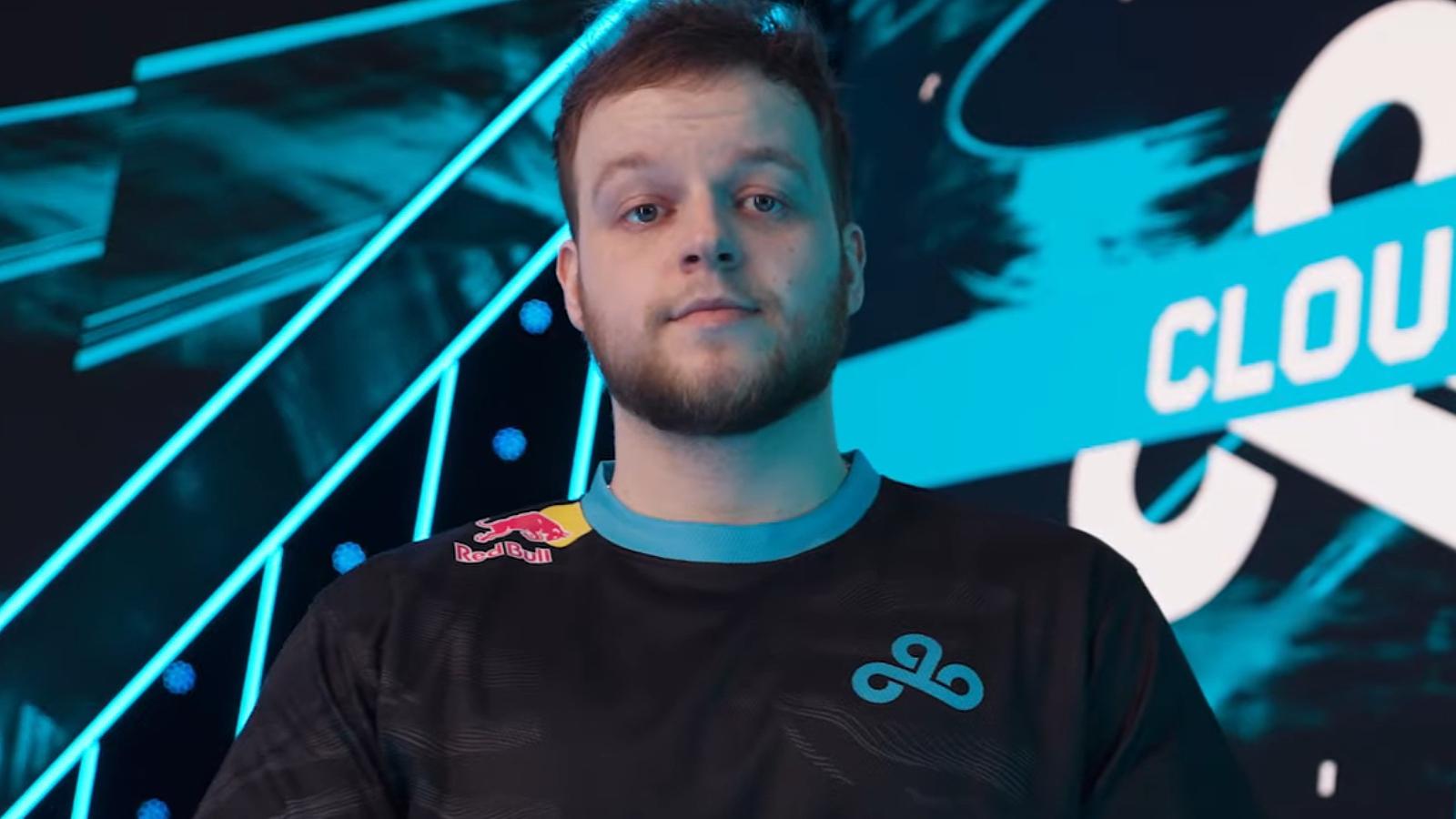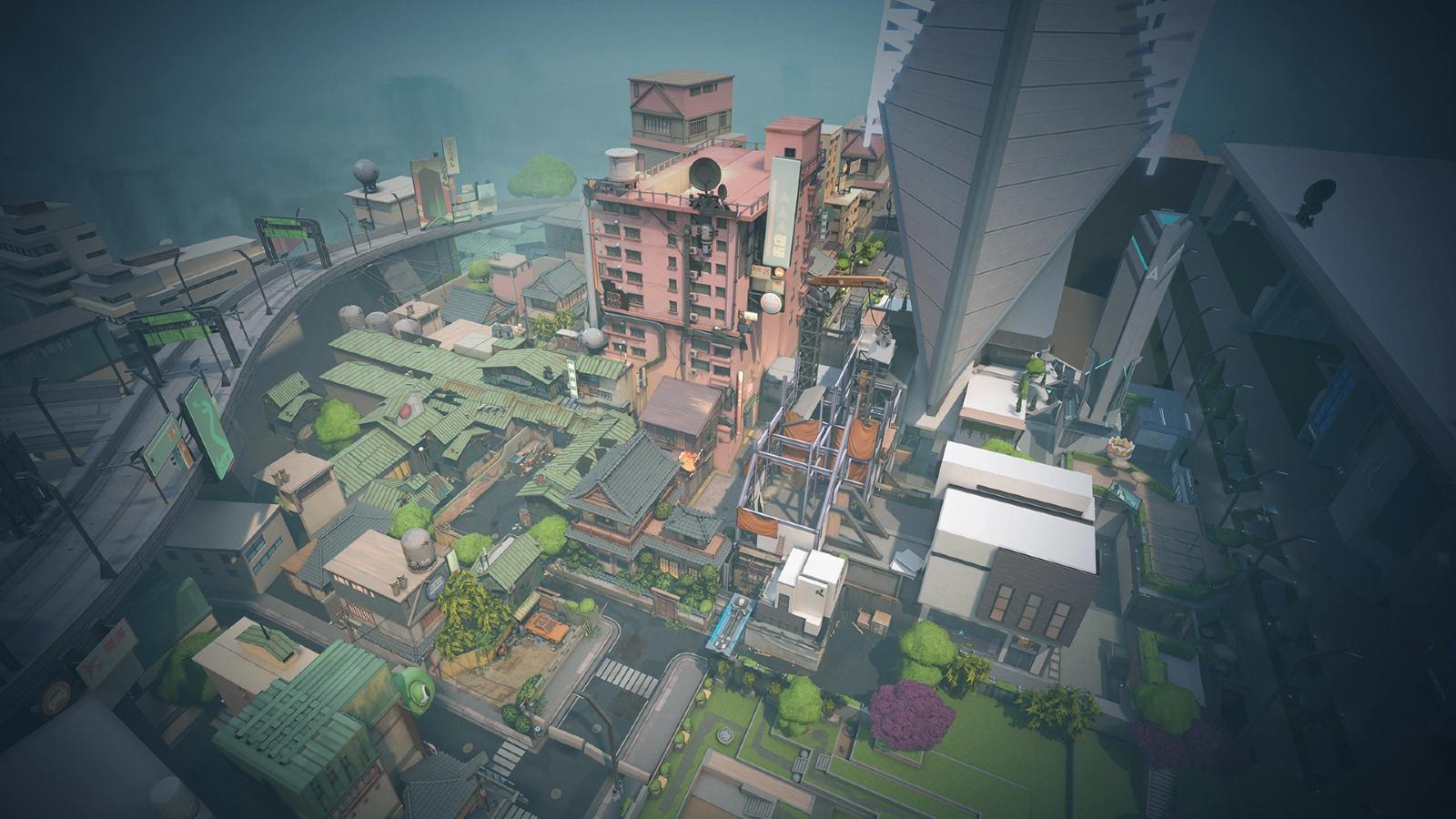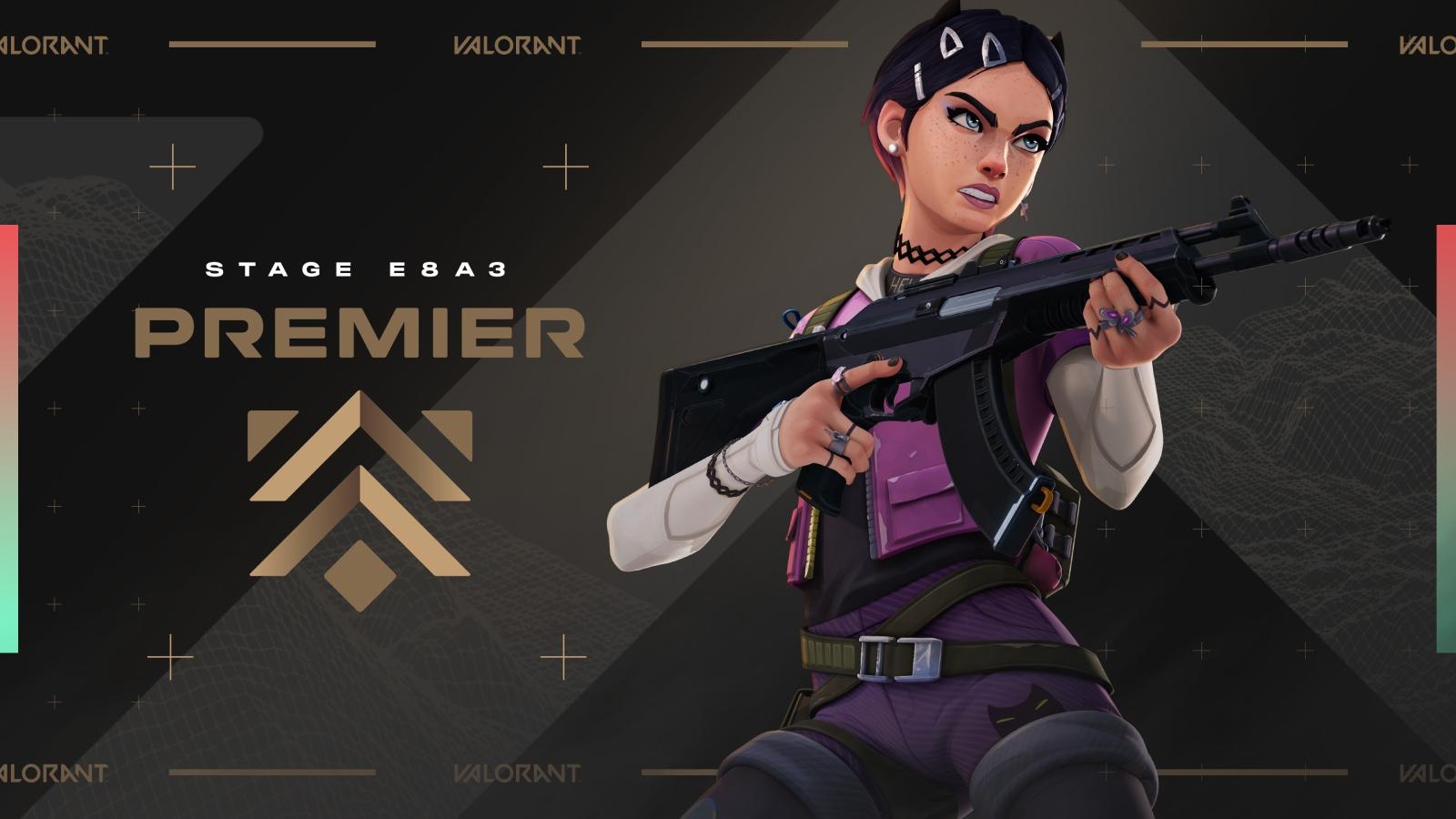How NIP want to conquer Valorant from Brazil
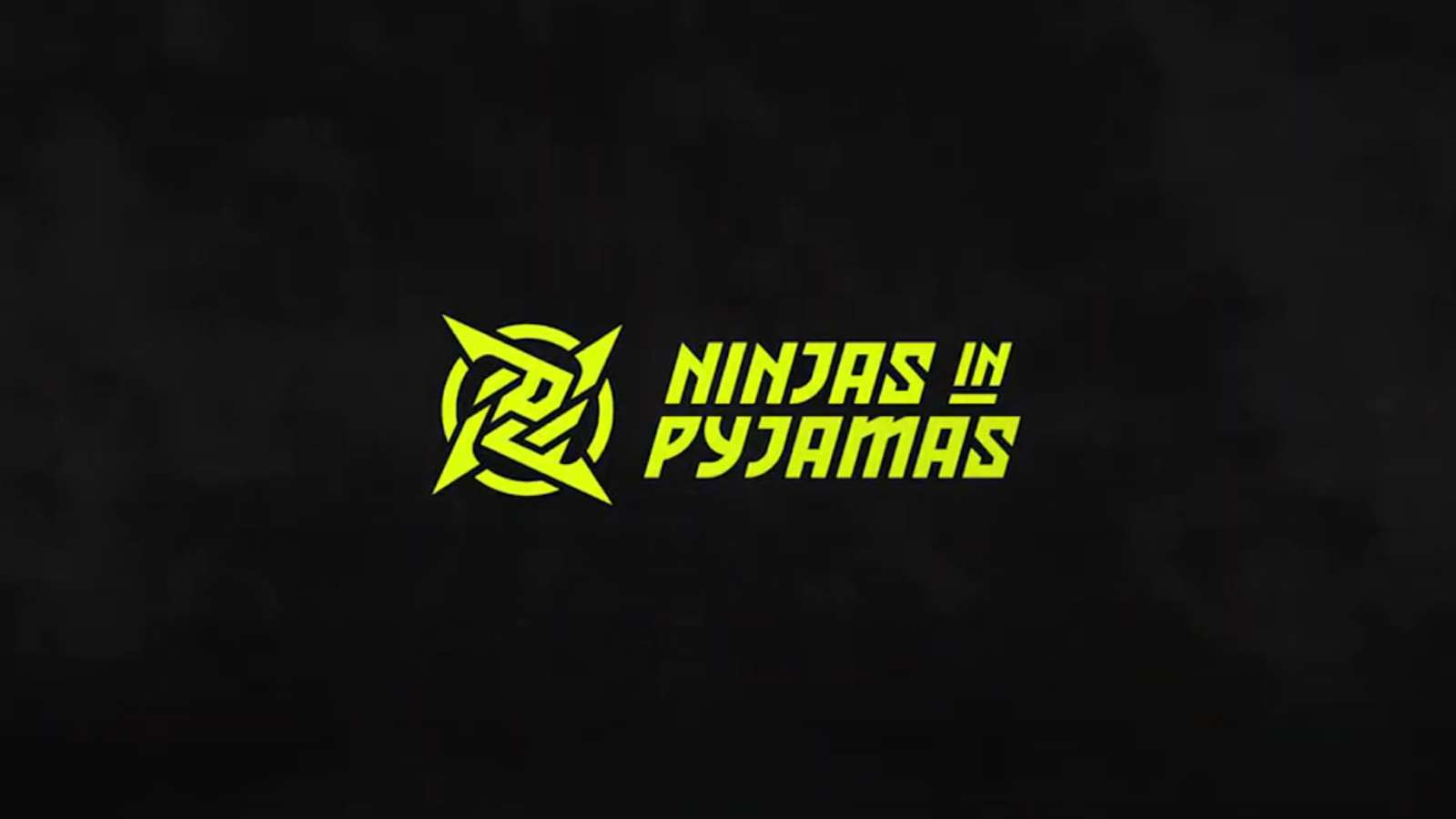 Ninjas in Pyjamas
Ninjas in PyjamasNinjas in Pyjamas have dived into the Brazilian Valorant market in search of success after barely making an impact in Europe. What prompted such a radical move by the Swedish organization?
NIP’s first two years in Valorant came with more headaches than glory.
The Swedish organization was among the first big names to expand into Riot Games’ tactical shooter, announcing a team as early as April 8, 2020, just one day after the game’s closed beta came out.
Instead of stepping into the unknown, NIP stuck to their guns and went with a familiar-looking side. They grabbed their old Paladins roster, heavy on cohesion and with a World Championship title to its name, confident that the team would be able to translate their success to the new game.
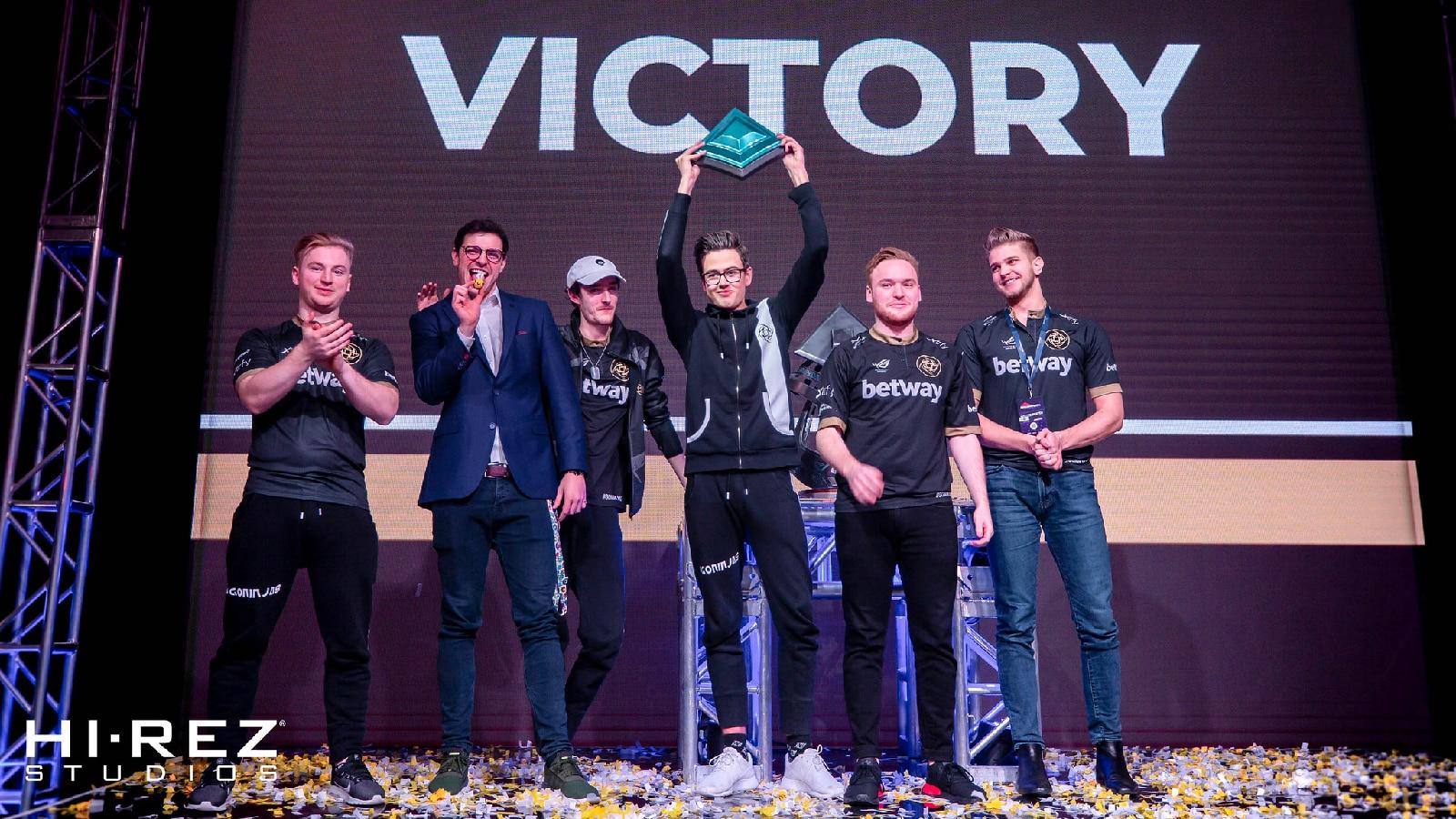 Hi-Rez Studios
Hi-Rez StudiosThe experience lasted only two months.
In June that year, NIP parted ways with the entire roster and built a new team from scratch. Nine players came and went over the next 18 months as NIP experimented with different combinations, but success continued to elude them.
In the first two years of Valorant’s history, NIP were little more than a run-of-the-mill EMEA side, an extra in the grand scheme of things as teams like Liquid, Fnatic, Acend, and Gambit dominated headlines and took the region by storm.
By the end of 2021, NIP had had enough. They adopted a scorched-earth approach, ceased their EMEA Valorant operations, and flew to Brazil to start anew.
A country rich in potential
NIP moved into the Brazilian Valorant market with the goal to expand their footprint in Latin America, a region that, with its vibrant and dynamic esports scene, is often on the minds of many within organizations and game developers these days.
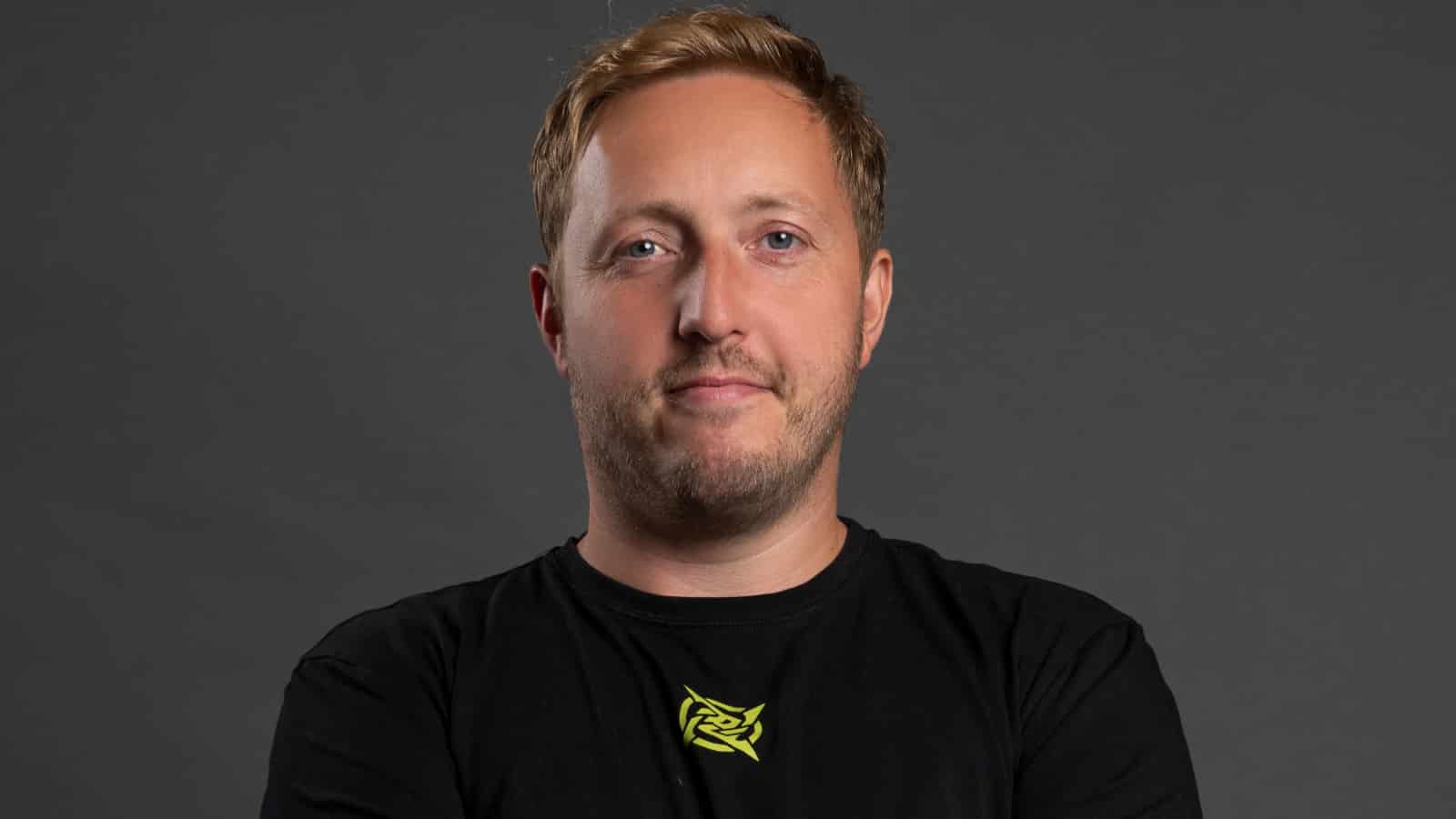 NIP
NIPIn 2018, NIP planted their flag in Brazil, picking up a Rainbow Six team that, three years later, would pocket $1 million after winning the Six Invitational. That success story, along with their knowledge of the Brazilian market, made it easier for the Ninjas to sell their vision of the project to prospective players.
“Brazil has seen an incredible growth in gaming, and I feel like that they want more,” Jonas Gundersen, NIP’s Chief Operating Officer (COO), tells Dexerto. “We wanted to serve that and invest even more in that community and region as a whole.
“Of course, it’s easier to make that decision when you already have a successful Rainbow Six team there and where you already have a fanbase, good traction, and good brand recognition.”
According to him, one of the reasons NIP turned their eyes away from EMEA is that the region has become “really crowded.” Brazil, on the other hand, still has massive untapped potential as a newer generation is slowly embracing Valorant in the country. It also offers an easier pathway to reaching Valorant Champions, with Brazil having one spot at the end-of-the-year event – and potentially two more via the South American Last Chance Qualifier.
“Make no mistake, the idea is not to take a s**t team and get a spot really easily just because we want to be at Valorant Champions,” Gundersen stressed. “The idea is to win a Major from Brazil. That’s always been the ambition.
“We know the player pool, which is incredibly good, so it’s a perfect mix of working with Riot, investing in a region we believe in and where we are already present, and developing a player base.”
Ramping up operations
On January 16, NIP unveiled the new Valorant roster, a combination of Brazilian and Argentinian talent. The team, headlined by former FURIA CS:GO player Alexandre ‘xand’ Zizi, who attended the 2019 StarLadder Major with INTZ, passed their first test with flying colors, qualifying for the VCT Brazil Stage 1 Challengers – the first big event of 2022.
Welcome to the Dojo!
🇧🇷 @xandfps
🇦🇷 @bnjssj
🇧🇷 @gabrielbezn
🇧🇷 @cauanzinvlr
🇧🇷 @jonnfpsCoach: 🇧🇷 @RoYnaldin
#VALORANT @NIPBR pic.twitter.com/IK0iSYRq3e— Ninjas in Pyjamas (@NIP) January 17, 2022
The game’s growing popularity has led to a surge of interest from organizations in Brazil. MIBR, LOUD, B4 Esports, and Los Grandes have all thrown their hat into the ring, ready to renew old rivalries and create new ones, which by itself introduces many viewers to the game.
A recent qualifying match between MIBR and Pancada e Amigos, who would go on to join LOUD, drew in over 60 thousand concurrent spectators – a figure higher than the peak viewership of any VCT Brazil event held in 2021 with the exception of the Stage 1 Masters, according to statistics website Esports Charts.
This has all the makings of a golden era for Brazilian Valorant, but is there enough talent to go around? FURIA founder and co-CEO Jaime Pádua spoke to Dexerto in December about the difficulties in having 10 competitive teams in CBLOL, the country’s top division in League of Legends. He said: “You have like three, four, five great players who are wanted by 10 teams.”
Those same issues also seem to have cropped up in the Valorant scene. After failing to land Pancada e Amigos, MIBR had to settle for another roster, one that wouldn’t be able to qualify for Stage 1 Challengers. Sharks Esports and Team Vikings went for more creative solutions in the offseason and brought players over from Portugal.
“Brazil is a lesser-developed region in the top tier,” Gundersen notes. “With that said, the player pool is incredibly exciting, and we’re coming over with 20 years of FPS-winning experience.
“We feel we can add so much [to the ecosystem] in terms of experience and practice methodology, so in the long term we can build really strong rosters.”
NIP want to bring over the CS:GO academy model to Valorant and Brazil to aid in the development of the game in lower tiers. Their Young Ninjas lineup, created in December 2020 out of necessity after the talent pool in Sweden had dried up, has already seen three prospects – Erik ‘ztr’ Gustafsson, Linus ‘LNZ’ Holtäng, and Love ‘phzy’ Smidebrant – play for the main team.
The infrastructure surrounding NIP’s Brazilian teams is still in its infancy, but plans are in motion to scale up their operations in the country. By the end of 2022, NIP want to have a “proper” headquarter facility that will double as a training center for their teams, who will still travel to Europe on occasion for bootcamps before big events.
Swedish to the core
The decision to boost their presence in the Latin American market is part of a global expansion strategy that saw NIP merge with Chinese giants ESV5 in August 2021. It also comes just a year after a “crucial” rebrand that introduced a new visual identity, inspired by ancient Japan.
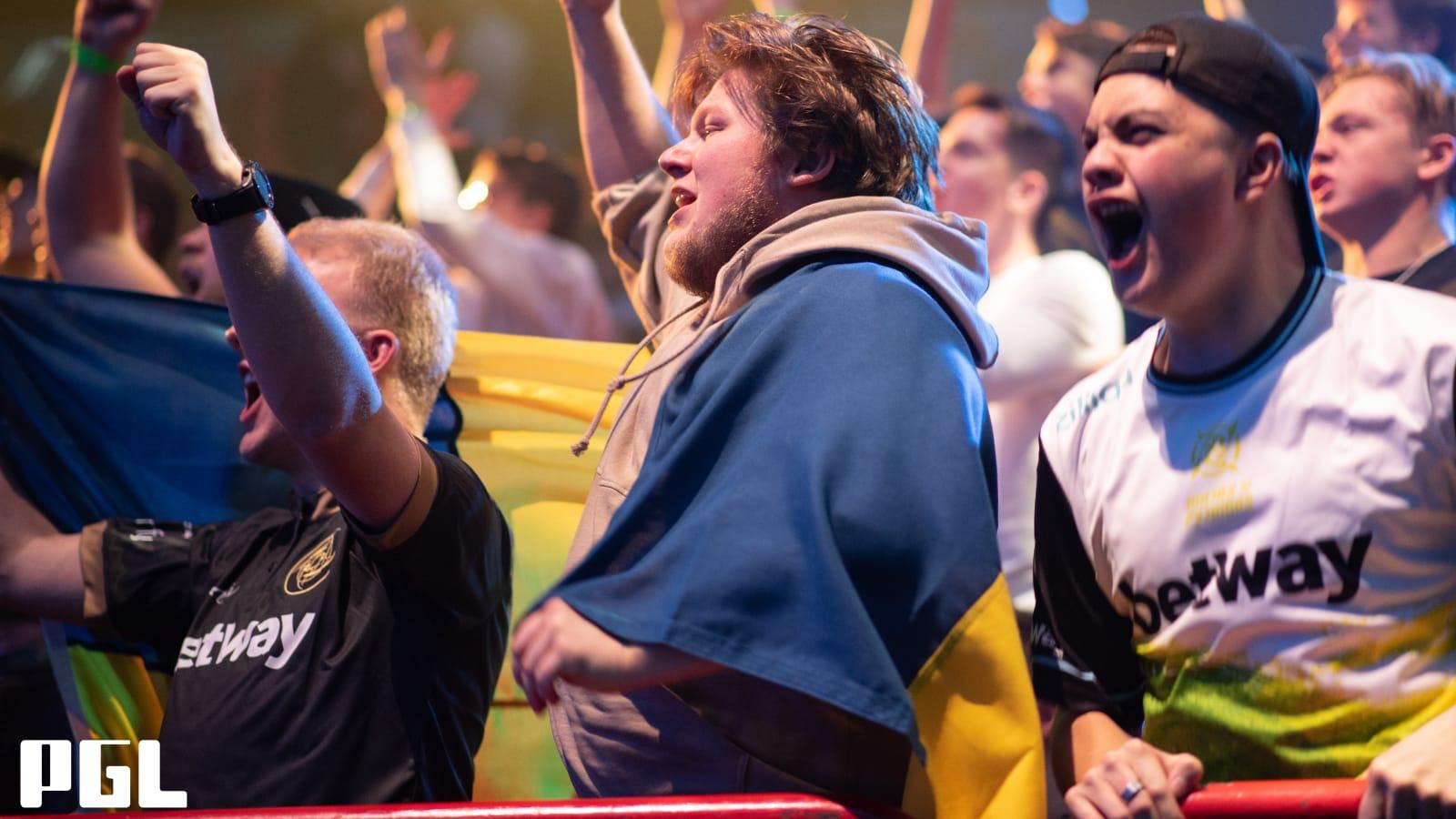 PGL
PGLBut will this convergence of cultures and influences eventually see NIP abandon their Swedish roots? Gundersen says that’s not the case – and uses a curious example to make his point.
“IKEA also went global, [yet] they still feel like a Swedish entity at the core with Swedish values,” he explains. “Maybe we’ll try to replicate some of that.
“You see it everywhere, we’re not the only ones going global. We definitely want to have a more global outlet, but we’re very proud of our Swedish heritage. It’s always been the plan to merge the Swedish heritage and the values and the infrastructure we have with the Japanese branding and feel.
“I think any company that merges at the magnitude that we’ve done will experience turbulence because that’s not easy to pull off. If you’d ask me if it was a good idea to do a Chinese global merger in the middle of a pandemic, the answer would probably be ‘no’. But at the same time, I think it’s going really well and that it takes some time to get all that integrated.
“But we’re very aligned with where we want to go with the company. I don’t think we have an identity crisis. We’re now taking all the big things we have done and consolidating them under the banner of the NIP group.”
Over the last 12 months, NIP have spared no effort to catch up with the esports superpowers. In April last year, they signed CS:GO prodigy Nicolai ‘device’ Reedtz from Astralis in a deal believed to be worth $700,000. This summer, the NIP flag will fly in the LPL, China’s top-level competition in League of Legends, replacing Victory Five.
It’s all part of an ambitious strategy that aims to put NIP in the conversation in every major esport title. And now, after two years of misery, they are finally positioning themselves to make a push in Valorant.
“I want to win multiple Majors from the Brazilian region in Valorant and invest heavily in it,” Gundersen adds. “We want to find the best players, we want to make them better and we want to win.
“The offset effect of that is that we’re going to grow the Brazilian region from grassroots. With the Young Ninjas approach, we will give a lot of opportunities to young players.
“It’s about building the region as one of them. We’re there to win. It’s not because it’s a sleeper region. We’re there because we think we can get really good talent and develop it into a really big region.”
